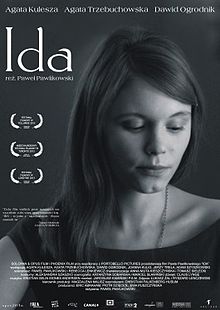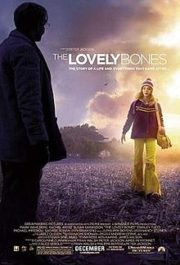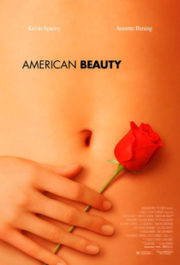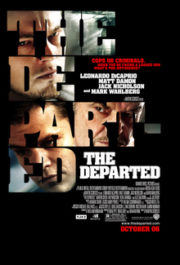
Submit your review | |
Ida (2013) is road movie centered on a young woman, Anna, as she struggles with the revelation of her true identity as a Jew, her real name being Ida, and how she must understand and come to terms with her new found aunt who is much different to the innocent and sheltered Catholic nun Ida was raised to be. The film follows Ida as she explores a different lifestyle outside the Convent, just before she takes her vows as a Catholic nun. Ida and her aunt Wanda embark on a journey through 1962’s Polish countryside as they both strive to learn their family’s history, therefore addressing the rich history of the time in which Germany occupied Poland, the Holocaust and Stalinism.
Ida is a fairly short film, coming just over 80 minutes, the main aesthetics of the film using black and white colour and 4:3 aspect ratio. The film is directed by Pawel Pawlikowski and the cinematography was done by Łukasz Żal and Ryszard Lenczewski. What captivated me most about Ida was the unconventional framing; I had never seen anything like it! The use of the huge head space created as the characters and actions are positioned in the lower thirds of the frame create a distinct look to the film. Symbolising Ida’s weight she must carry on her shoulders as she deals with her new identity and the pressure of choosing her future, coupled with her family’s dark past, all created by this framing, suggests an uncomfortable atmosphere whilst breaking the conventions and rules of filmmaking, yet also distinguish the beautiful scenery of Poland’s countryside where it’s concealed history is finally discussed.
Ida, played by Agata Trzebuchowska, showcases a young woman who is composed and keeps her emotions much to herself, having lived a fairly monotonous and repetitive lifestyle in the Convent. She experiences different situations and feelings such as love, grief and emotion through music as she is mainly influenced by her aunt, discovering fashion, alcohol, smoking, sex and other unknown experiences for a young woman brought up in the walls of a convent. The film is a mix of Ida struggling to decide whether her future consists of her becoming a nun or furthering her exploration of the outside world, whilst also addressing the absence of her family and the experiences of Poland under Communism.
I have only given Ida 3 stars because as much as I enjoyed the style and use of uncommon film techniques the independent film with its distinct and unusual aesthetic is a difficult film to watch, often demanding active spectatorship in order to fully understand and engage with the plot. Moreover, the deep rooted historical and cultural context of the film may hinder viewer’s full understanding of what the film tries to showcase. I would recommend this film for those who like to challenge themselves and want to explore how films can break conventions to create different but just as effective aesthetics to move audiences. I believe Ida is a powerful road movie, dealing with scenes of little emotion to heightened emotion full of tragedy and love.
























